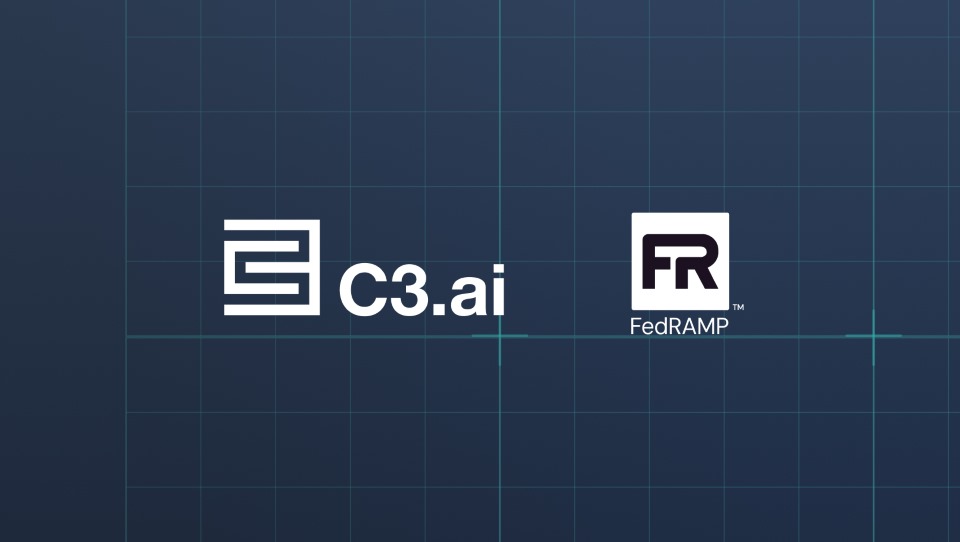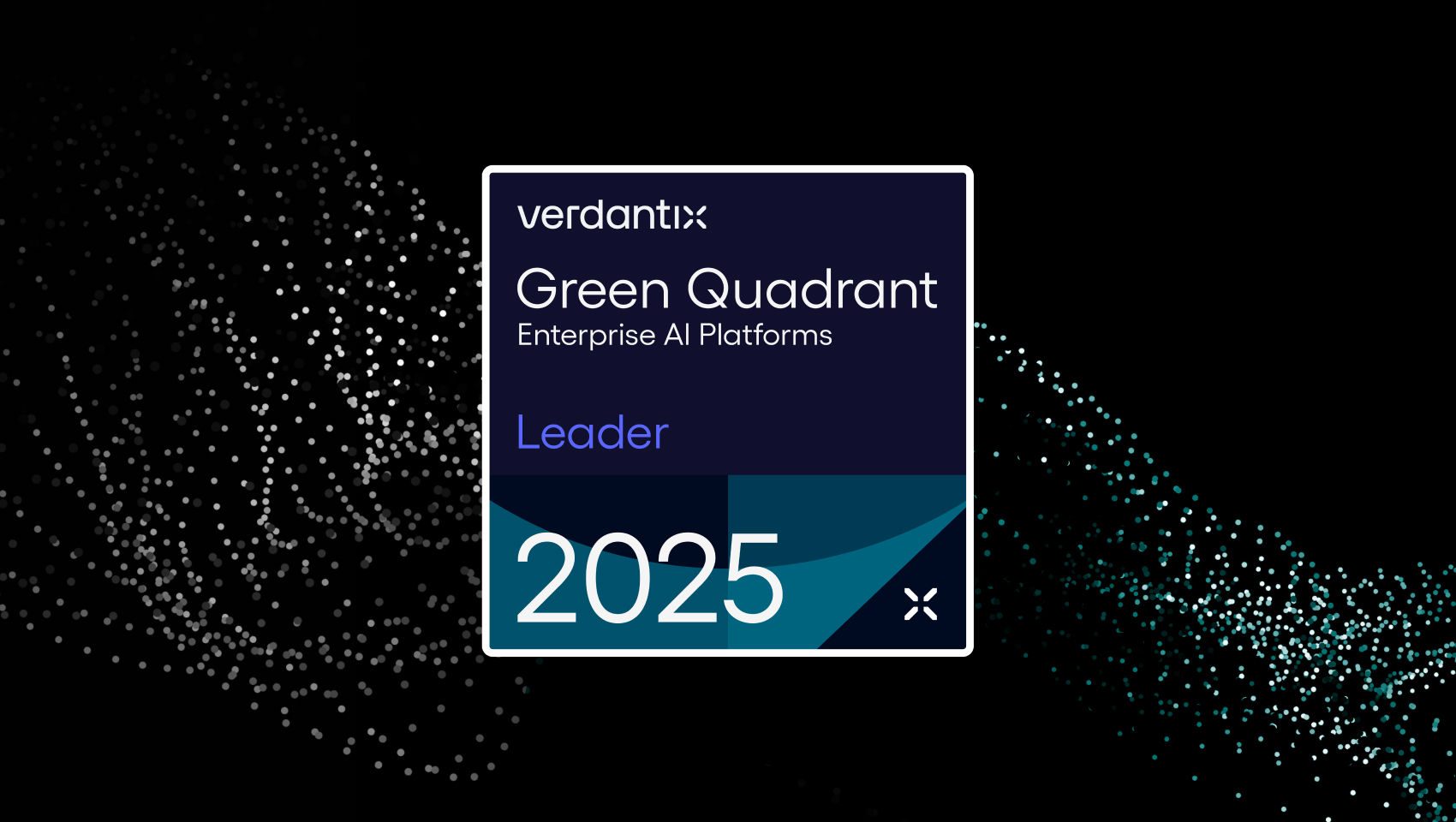The energy industry is rallying around the cause to reach net zero by 2050 while simultaneously meeting new energy demand.
As the industry develops new clean sources of energy, oil majors have committed to scale up massive renewable energy systems using solar and wind power, while leveraging core domain strengths to deliver hydrogen, biofuel, geothermal and carbon capture and storage technologies. Parallel to this effort, the world is demanding more energy, and hydrocarbons will continue to play a significant role in the energy mix for years to come.
In the midst of a rapidly changing energy landscape, efficiency is critical. Called “the first fuel of a sustainable global energy system”1 by the International Energy Agency (IEA), doing more with the same resources offers huge potential to significantly reduce greenhouse emissions, energy costs and energy market volatility risks. Indeed, the IEA’s Sustainable Development Scenario, the blueprint for achieving international climate and energy goals, forecasts that energy efficiency will be responsible for delivering more than 40% of the reduction in energy-related greenhouse gas emissions over the next 20 years.2
“At Baker Hughes, we talk about three undeniable truths when it comes to the energy transition,” says Uwem Ukpong, Executive Vice President, Regions, Alliances & Enterprise Sales at Baker Hughes, the global energy technology company. “First, to meet net zero targets, we must move faster. The urgency around the energy transition that has come forward over the past year highlights this need for accelerated action. Next, if we want to fuel world economies with the energy they need while accelerating our move to net zero, efficiency of energy operations is critical. Lastly, meeting decarbonization and emissions reduction targets—including efficiency—is not an individual effort. Delivering technology for change requires collective, global action.”
“First, to meet net zero targets, we must move faster. The urgency around the energy transition that has come forward over the past year highlights this need for accelerated action.”
– Uwem Ukpong, Executive Vice President, Regions, Alliances & Enterprise Sales at Baker Hughes
To reach new levels of efficiency that will reduce emissions today, artificial intelligence (AI), paired with deep domain expertise, is a potential game changer. AI is key to creating energy-efficiency solutions that are proactive rather than reactive. For instance, a chemical processing plant using a steam-powered production system can apply AI to relevant sensor data, steam availability data and related planning information to optimize steam flows, generate the right amount of energy and reach optimal steam balance; in the process, the plant reduces energy use and achieves efficiency and emission reduction targets. In the oil and gas industry, data is often siloed in multiple, disparate systems, so it must be unified and analyzed in a logical, efficient, domain-relevant way to support enterprise-scale AI solutions.
The impact of these kinds of collective efficiencies could be significant for existing energy operations. Use of AI for environmental applications could reduce carbon intensity by up to 8% by 2030, according to a report by PwC3 and Microsoft.4
“Prior to this most recent downturn, most efficiencies—by changing processes, altering the supply chain, improving the way we engineer and design equipment—had been achieved. Now, we as an industry have to examine where we can further improve,” says Ukpong. “It is clear that AI is at the core of this next productivity and efficiency step-change. AI is required to process the vast amount of historical and real-time energy data, analyze that data to generate predictive insights and drive proactive actions that improve efficiencies. It all boils down to a domain-specific approach to predictive analytics that changes industrial oil and gas operations.”
Shell.ai’s global effort
Shell started developing and deploying AI in 2013 and started scaling enterprise AI in 2018, when it deployed C3 AI’s platform globally. By rapidly scaling and replicating focused AI and machine learning (ML) applications across its upstream, integrated gas and downstream manufacturing businesses—for various purposes, like flagging equipment likely to malfunction (predictive maintenance/reliability)—Shell is realizing emission reductions while also producing substantial economic value through lower costs, reduced downtime and the improved safety of its operations. In June this year, Shell and BHC3 announced that the flagship partnership has been renewed for another five years.
At Shell Energy and Chemicals Park Rotterdam, in the Netherlands, AI-enabled early detection saved an estimated $2 million in maintenance costs and downtime in just a single instance. Another example is that Shell achieved 25% time savings in certain work processes by integrating a range of their proprietary AI technologies that improve understanding of the subsurface to maximize recovery from new and existing oil and gas fields. Shell now regularly sees similar examples of optimization through AI across its businesses worldwide.
The efficiencies that come with this type of digital transformation and AI also directly translate into emission reductions. For example, deploying a single AI solution to decrease boil-off gas and associated flaring has enabled Shell to reduce the process emissions of one LNG asset by 130 kilotons a year—the U.S. equivalent of taking 28,000 vehicles off the road.
Shell is also using digitalization and AI to reduce the footprint of its operations. For example, it uses AI to improve inventory demand planning, reduce wastage of products and raw materials and decrease idle time of heavy machinery, and uses AR, robotics and digital twin technologies to reduce the need for travel. AI is also helping Shell offer low-carbon energy solutions to its customers, from AI solutions that reduce the fuel consumption of ships; to smart charging of electric vehicles that optimizes renewable energy use on the grid; to virtual power plants that connect decentralized energy units, from solar to bio-energy to hydropower.
“AI is a huge opportunity for us. We’re going through a digital transformation, firstly to make ourselves more effective and efficient, and secondly to make sure we thrive through the energy transition,” says Daniel Jeavons, Vice President, Computational Science and Digital Innovation at Shell. “There’s huge disruption in the energy market, and as we go through this and move toward cleaner energy solutions, Shell wants to lead the way, and AI plays a huge role in that.”
Shell selected the BHC3 AI Suite for the maturity‚ domain relevance, scalability and extensibility of the platform and its unique model-driven AI architecture. The platform enables Shell’s developers and data scientists to integrate and process diverse energy data sets into a “unified data image”—a comprehensive view of important industrial aspects of a business. The real-time insights gained from this integrated data—from sources such as sensor networks and maintenance logs—help Shell rapidly develop‚ deploy and operate advanced AI and Internet of Things (IoT) applications across millions of the company’s assets, such as refinery control valves‚ and individual oil and gas replacement parts in the supply chain and global markets.
“We chose BHC3 because we wanted a platform for our enterprise applications. We want to leverage the platform already created and bring our IP on top of that,” says Jeavons. “What BHC3 offered as one of its core differentiators was a way to manage the tens of thousands of energy-focused machine learning models we run—the automation aspect, both in terms of model management and model training.”
Open AI Energy Initiative
Earlier this year, BHC3, Shell and Microsoft launched the Open AI Energy Initiative (OAI), a first-of-its-kind open ecosystem of AI-based solutions for the energy and associated process industries. The OAI provides a framework for energy operators, service providers and equipment providers to offer interoperable solutions, including AI- and physics-based models, and monitoring, diagnostics, prescriptive actions and services for energy use cases.
The OAI augments BHC3 applications with partner-led, domain-specific solutions that accelerate deployment of AI-based reliability solutions, to make energy production cleaner, safer and more efficient. It includes some of the solutions that Shell has proven at scale in its own operations.
This kind of collaboration is new for an industry that has traditionally taken a closed, do-it-yourself approach to software.
“We believe you must know energy and software to change energy, and this collaboration delivers on that premise,” says Ukpong. “We simply will not move at speed or reach results at scale with AI if we do not leverage ecosystems like the OAI to deliver new, domain-specific solutions.”
“At Shell, we know we don’t have all the answers, but we also recognize that the rich data assets that operators have built up over many years are critical to solving some of the toughest digital problems,” says Jeavons. “We are committed to working as part of an ecosystem—bringing multiple players together to move forward in the AI space, because no one company can solve the world’s AI problems. Also, speed is paramount; the energy transition is forcing us to change more quickly. Alliances are critical to accelerating our progress and enabling AI deployment at scale.”
BHC3 and KBC: Collaboration around technology
The work that BHC3 is doing with KBC, which provides domain-focused process simulation software to the energy industry, is an example of how technology collaboration can deliver a significant improvement in efficiency at a time when productivity has reached a plateau. BHC3’s industrial-focused, enterprise AI-enabled platform is being used to enhance Petro-SIM, KBC’s process simulation software that helps operators from Brazil to India meet production goals and maximize profitability, yielding what KBC estimates will be more than $0.65 per barrel in economic value for customers.
As energy demand picks up post-pandemic, greater efficiency can also help meet that demand in a way that does not further increase emissions.
“If we look downstream, there’s a lot of value leakage that can be reduced in the refining industry value chain, with its heavy reliance on models, pressure on people and multiple time horizons,” says Mike Aylott, Chief Technology Officer at KBC. “Digital technology allows us to transform the cycle, enabling refiners to respond to the factors driving our industry; it could be supply push to demand pull, deeper decarbonization, building in operational agility or automating work processes.”
KBC adopted the BHC3 AI Suite because of its ability to scale up domain-specific AI across an enterprise, a challenge that all manufacturing companies face as they expand their use of automated systems. Models change over time, and can be out of date in six months, resulting in several thousand models that then need to be updated. The BHC3 platform helps overcome what Aylott calls a “sustainability nightmare.”
Like Baker Hughes and C3 AI, KBC and its parent company, Yokogawa, are focused on helping companies reach their sustainability goals. Enterprise AI applied to industrial oil and gas data is a key tool in the decarbonization challenge—making things happen that are repeatable over and over again, says Aylott—and will help the industry move quickly to respond to societal and market pressures driving the energy transition.
1https://www.iea.org/topics/energy-efficiency
2As above
View source version on Bloomberg.com



